A desk cord organizer is an essential tool for anyone looking to enhance their workspace’s efficiency and aesthetics. In today’s digital age, where multiple devices are commonplace, managing cables can quickly become a daunting task. This comprehensive guide explores various aspects of desk cord organizers, including types, key features, benefits, and maintenance tips, helping you create a clutter-free and productive environment.
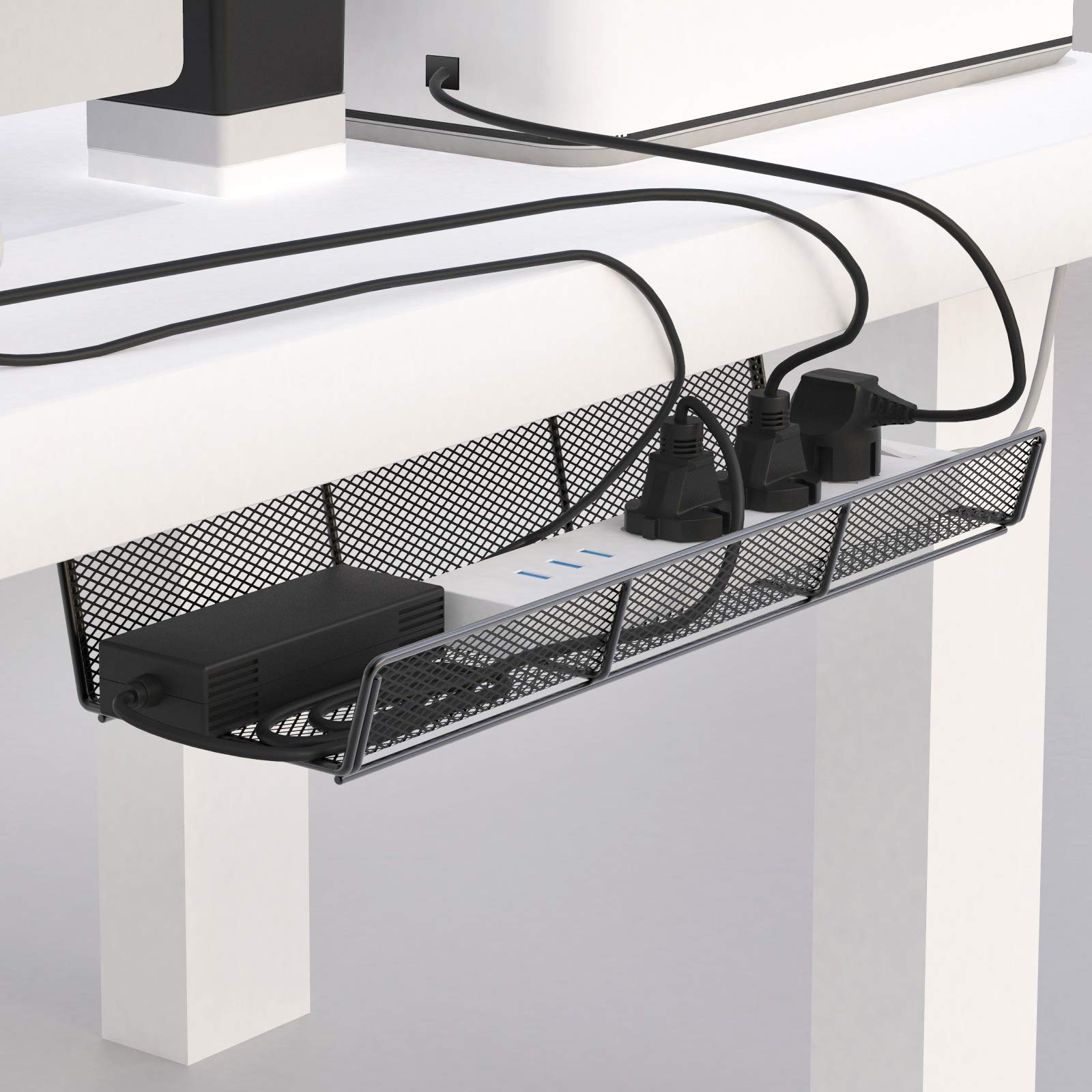 Importance of Cord Organization
Importance of Cord Organization
Keeping your desk organized makes your workspace more functional and visually appealing. Cord organization plays a key role in maintaining a clean, productive environment. Whether you’re working from home or in an office, managing desk cables effectively can have a significant impact on your daily productivity and safety.
Benefits of a Clean and Tidy Workspace
- Boosts Focus and Productivity: A clutter-free desk helps you concentrate better on your tasks. Tangled cords can be distracting and reduce workflow efficiency.
- Enhances Aesthetics: A neat workspace looks professional and inviting, especially during virtual meetings.
- Saves Time: With neatly organized cords, you spend less time detangling wires and more time being productive.
- Improves Maintenance: By organizing cords, it becomes easier to identify and troubleshoot connectivity issues.
Avoiding Cable Clutter and Hazards
- Prevents Accidents: Messy cables increase the risk of tripping and potential damage to devices.
- Minimizes Fire Hazards: Proper cable organization reduces the chances of overheating or electrical short circuits.
- Prolongs Cable Life: Tangled or bent cords are prone to wear and tear. Keeping them organized extends their lifespan.
- Reduces Stress: Avoid the frustration caused by constantly unplugging the wrong cable in a tangle.
Incorporating desk cord organizers isn’t just about looks. It’s about creating a safe, efficient, and enjoyable workspace.
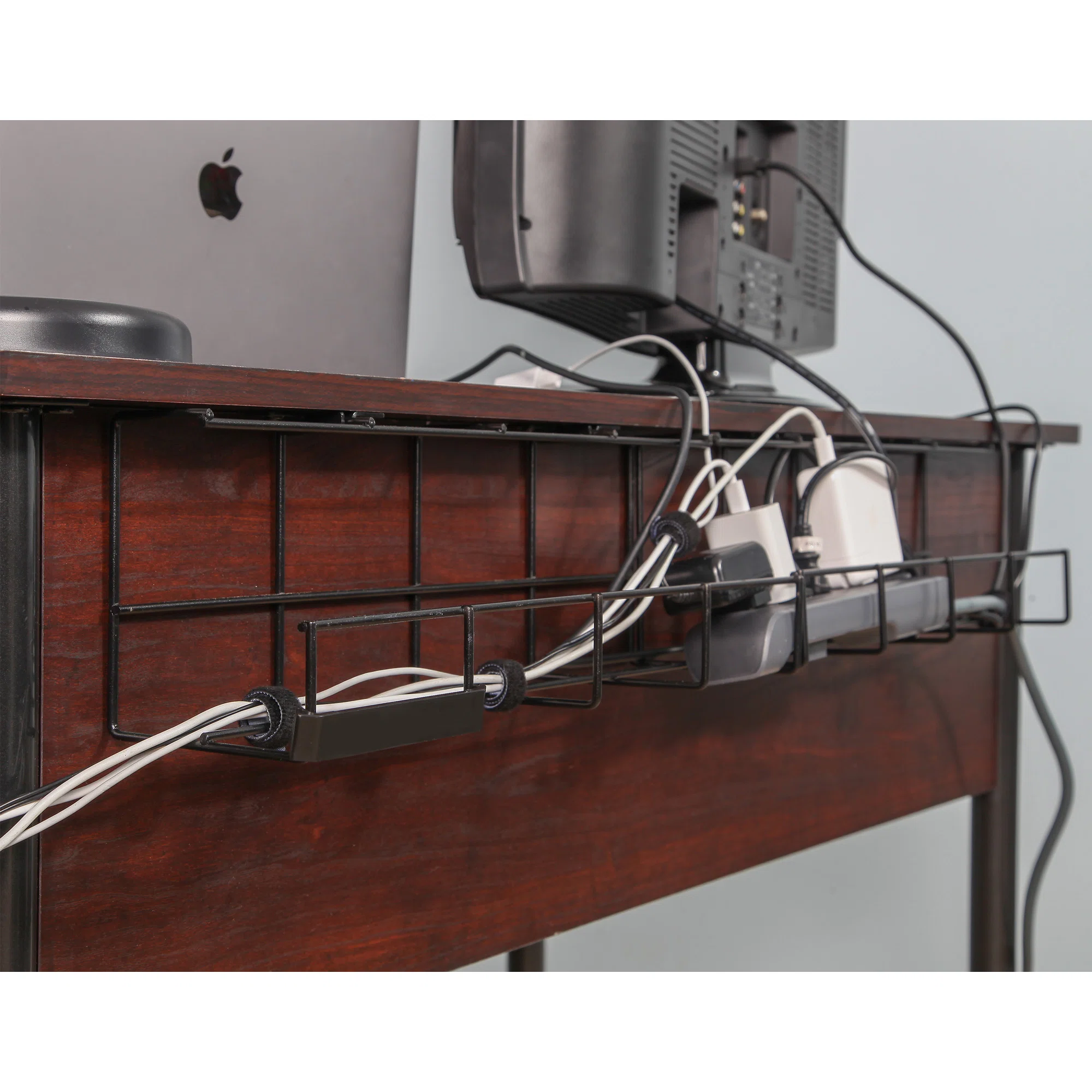 Types of Desk Cord Organizers
Types of Desk Cord Organizers
Keeping cords tidy is easier with the right tools. Different desk cord organizers suit various needs. Here are common types that can help you declutter your workspace.
Cable Clips and Holders
Cable clips and holders secure individual cables in place. They prevent tangling and slipping, keeping your desk organized. These are small tools that attach to the edge of your desk or other surfaces. They are ideal for managing phone chargers or USB cables. Look for clips with adhesive backing for simple installation.
Cable Management Boxes
Cable management boxes hide and protect power strips and excess cords. These boxes are great for organizing multiple wires in one place. They reduce clutter and enhance visual appeal. Choose boxes with flame-resistant materials for added safety. Many designs include openings for ventilation and easy cable access.
Under-Desk Cable Trays
Under-desk cable trays store cords and power strips beneath your desk. They keep the workspace clear of visible cables. Installation involves mounting the tray under the desk using screws or adhesive. These trays are perfect for reducing desk surface mess. They also make cleaning around your desk easier.
Adhesive Cable Raceways
Adhesive cable raceways guide cables along walls or desks. They are slim and blend well with your decor. These raceways come with adhesive strips for quick installation. Cut them to size and stick them where needed. They are useful for organizing cords connected to monitors or lamps. This solution simplifies cable routing while maintaining a neat look.
DIY Cord Management Solutions
Do you want to organize desk cords without buying new products? DIY cord management solutions offer a cost-effective and creative way to declutter your workspace. By repurposing everyday items, you can achieve a clean, organized desk setup without breaking the bank.
Creative DIY Ideas Using Everyday Items
- Binder Clips for Cable Holding: Use large binder clips to secure cords to the edge of your desk. Clip them onto the desk and thread cables through the metal loops.
- Toilet Paper Rolls as Cord Containers: Empty toilet paper rolls can group loose cables together. Decorate them with colorful tape or markers to match your desk decor.
- Bread Clips for Labeling: Label cords with bread clips to easily identify which cable belongs to each device.
- Shoe Boxes as Cable Storage: Cut holes on the sides of a shoebox for cables to pass through. Use it to contain power strips and excess wires.
- Velcro Straps or Twist Ties: Reuse Velcro straps or twist ties to bundle cords neatly.
- Old Binder Dividers for Separation: Cut strips of old binder dividers and place them between tangled cords for organization.
Step-by-Step Guide for Homemade Solutions
Follow these simple steps to create your DIY cord management system:
- Gather Supplies: Collect items like binder clips, toilet paper rolls, or Velcro straps.
- Sort Your Cables: Untangle all cords and group them based on their function or device.
- Choose a DIY Organizer: Decide which creative idea works best for your desk setup.
- Label and Secure: Label cables using bread clips and secure them with your chosen organizer.
- Hide or Mount Cables: Mount cables to the desk using binder clips or store excess wires in a shoebox.
- Test Accessibility: Ensure cables are easy to access and operate.
DIY cord management blends creativity and practicality. It’s an eco-friendly way to keep cords tidy while personalizing your workspace.
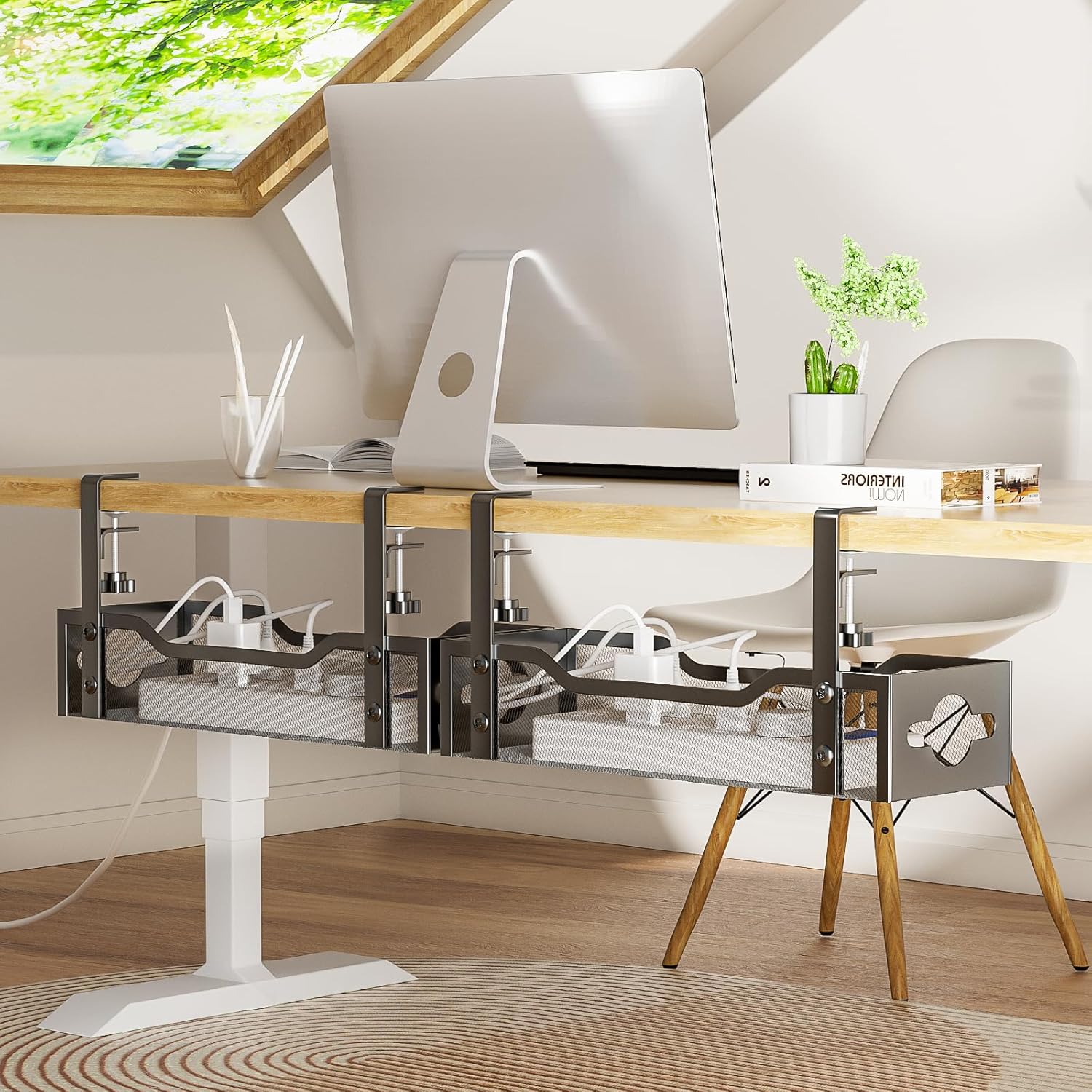 Choosing the Right Cord Organizer for Your Desk
Choosing the Right Cord Organizer for Your Desk
Selecting the correct desk cord organizer improves both functionality and aesthetics. Your workspace needs unique solutions depending on your setup and preferences. Let’s explore essential factors that can guide your choice.
Factors to Consider: Desk Size and Setup
- Desk Dimensions: Evaluate the size of your desk before choosing an organizer. Compact desks require space-saving options like cable clips or adhesive raceways. For larger desks, under-desk trays or cable management boxes work well.
- Cable Volume: Assess the number of wires you regularly use. If you handle fewer cables, individual clips are sufficient. For multiple cords, opt for cable boxes or trays.
- Device Arrangement: Consider the placement of devices such as monitors, lamps, and keyboards. Organizers should streamline cable routing along your specific desk layout.
- Work Style: Choose organizers that fit your workflow. For mobile setups, portable solutions like Velcro straps offer flexibility. Fixed desks benefit from mounted trays and raceways.
- Accessibility Needs: Ensure that your organizer provides easy access to frequently used cables.
Material and Design Preferences
- Material Durability: Select organizers made from sturdy materials like plastic, metal, or flame-resistant materials. This ensures long-term reliability.
- Aesthetic Appeal: Match the organizer’s design to your desk style. Neutral colors or sleek finishes enhance visual harmony.
- Versatile Shapes: Look for organizers in varied shapes to accommodate different cables and desk layouts.
- Eco-Friendly Options: Consider sustainable materials for an environmentally friendly workspace. Bamboo or recycled plastics are great choices.
- Ease of Installation: Adhesive-backed organizers or screw-mounted trays simplify setup and ensure stability.
Selecting the right desk cord organizer depends on thoughtful planning. Focusing on size, material, and setup ensures you choose an effective solution for a neat and efficient workspace.
Installation and Maintenance Tips
Desk cord organizers help keep cables tidy and functional, but proper installation and maintenance are essential. Following these tips ensures your workspace stays clutter-free over time.
How to Effectively Install Desk Cord Organizers
- Assess Your Desk Setup: Identify where cables are most cluttered and plan organizer placement accordingly.
- Clean Surfaces: Wipe down installation areas to ensure adhesives stick firmly.
- Place Organizers Strategically: Position cord organizers near power outlets or cable hubs for maximum efficiency.
- Follow Manufacturer Instructions: Read the installation guide provided for adhesive, mounted, or clip-on organizers.
- Group Cables by Function: Separate cables based on devices for easier identification and access.
- Secure Heavy Cords: Use under-desk trays or sturdy cable boxes for thick or long power cords.
- Test Accessibility: Ensure frequently used cables are easy to reach after installation.
Proper installation minimizes clutter and supports easy cable routing.
Keeping Your Cables Organized Over Time
- Regularly Inspect Setup: Check for tangled cords or loose organizers periodically.
- Label Cables: Attach tags or labels for quick identification of each cord.
- Replace Worn Organizers: Swap out old clips, trays, or adhesives to maintain functionality.
- Adjust to New Devices: Rearrange cords when you add or remove devices on your desk.
- Clean Organizers: Dust cable trays and adhesive clips to keep them effective and neat.
- Bundle Excess Cables: Use Velcro straps or twist ties to secure unused cable lengths.
- Reevaluate Placement: Update organizer positions if your desk layout changes.
Following these maintenance tips ensures your desk cord organizer remains effective. Long-term care improves your workspace’s appearance and productivity.
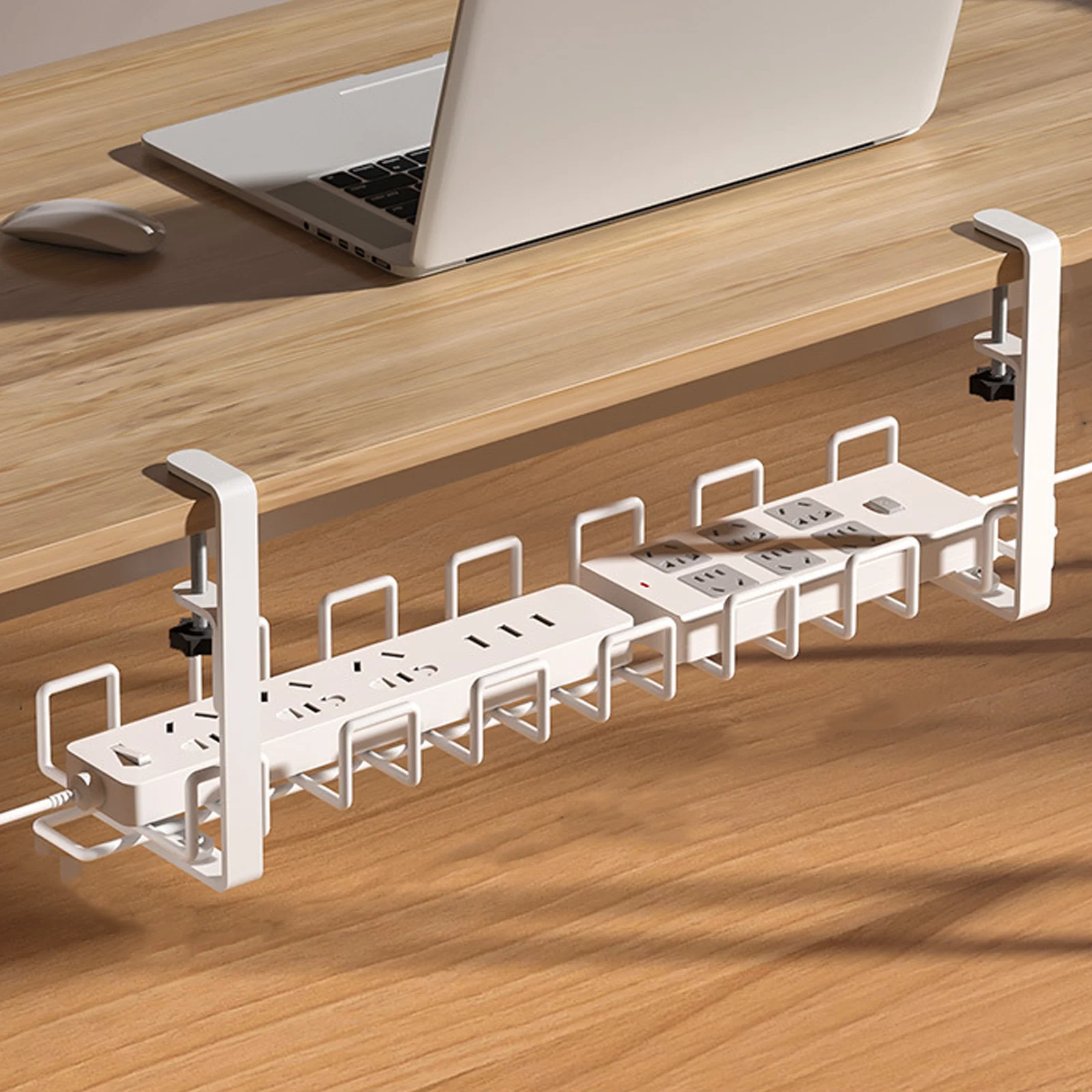 Where to Buy Cord Organizers
Where to Buy Cord Organizers
Organizing cords effectively depends on selecting quality products from reliable sources. Whether online or in stores, many options exist to suit various needs. Here’s a guide to help you explore popular purchasing channels and trusted brands.
Popular Online Platforms for Cable Management Products
- Amazon: Amazon provides a wide variety of desk cord organizers, from cable clips to trays. It’s known for competitive pricing and user reviews, helping buyers make informed decisions.
- Walmart: Walmart offers affordable cable management tools for households and offices. Their online platform makes shopping convenient, with home delivery for bulk orders.
- Best Buy: Best Buy focuses on tech-related cord organizers suited for professional setups. You can find innovative solutions tailored to electronics and computer desks.
- Home Depot: Home Depot specializes in durable cord organizers for office and home use. Their quality often ensures reliability in demanding environments.
- Target: Target stocks attractive and functional cord organizers. Their options are excellent for small spaces and aesthetic-focused buyers.
- Specialty Retailers: Explore stores like The Container Store or Office Depot for exclusive cable management solutions. They typically offer niche designs targeting specific desk requirements.
Recommended Brands and Models
- BlueLounge: This brand offers modern cord organizers, such as cable trays and clips, ideal for desks.
- UGREEN: UGREEN creates versatile cable management boxes suited for power strips and multiple wires.
- CableClip: CableClip focuses on compact cable holders with adhesive backing for easy desk installation.
- Bluelounge Soba: Soba’s unique zipper-like design creates tidy cable bundles for clutter-free desks.
- Scandinavian Hub: Known for durable under-desk cable trays, this brand is great for large workspaces.
- D-Line: D-Line’s adhesive raceways are perfect for guiding cables along walls and maintaining a neat look.
- Docking Drawer: Docking Drawer provides innovative solutions for integrating cord organizers into furniture.
Shopping for desk cord organizers requires considering your workspace needs and style preferences. Whether you shop online or in-store, these platforms and brands offer dependable solutions for tidy desks.
Additional Tips for Managing Desk Space
Maximizing your desk space goes beyond organizing cords. A well-arranged workspace boosts focus and efficiency. Integrated strategies can help create a more user-friendly and productive setup. Below are additional tips to refine your desk space management.
Optimizing Desk Layout for Productivity
- Prioritize Frequently Used Items: Keep essential tools like pens and notepads within easy reach.
- Create Zones: Dedicate zones for devices, paperwork, and personal items to avoid clutter.
- Adjust Your Monitor Height: Position your monitor at eye level to reduce strain and improve posture.
- Utilize Vertical Space: Install shelves or pegboards for additional storage above your desk.
- Choose Multifunctional Furniture: Opt for desks with built-in drawers or compartments.
- Minimize Decor: Stick to a few decor items to avoid overcrowding your workspace.
- Keep a Trash Bin Nearby: A small trash bin under your desk ensures quicker cleanup after tasks.
- Review Weekly: Examine your desk layout every week and make necessary adjustments.
A well-organized desk setup encourages focus and minimizes distractions, directly improving productivity.
Integrating Cord Organization with Overall Desk Setup
- Plan Cable Placement Early: Arrange cords while setting up your desk to avoid future disruptions.
- Combine Tools: Use desk organizers with built-in cable management for seamless integration.
- Hide Power Strips: Store power strips in cable management boxes to reduce floor clutter.
- Bundle and Label Cables: Use Velcro straps or labeled tags for easier identification.
- Incorporate Desk Accessories: Choose adjustable lamps or charging docks with hidden cable paths.
- Secure Loose Wires: Anchor wires along your desk legs or walls with adhesive clips.
- Test After Setup: Ensure that both cables and accessory placements optimize accessibility.
When cord organization complements your desk setup, daily work becomes more streamlined and comfortable.
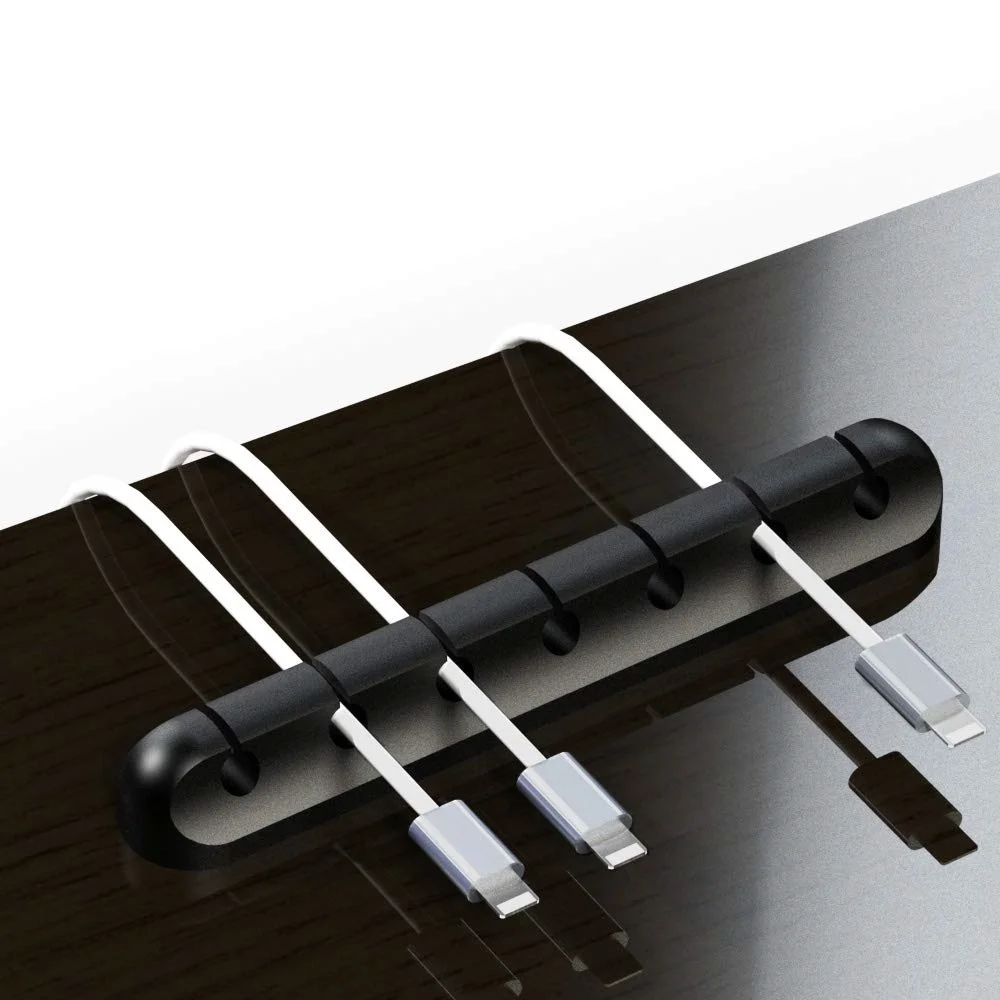 Conclusion
Conclusion
A desk cord organizer is a fundamental tool for maintaining a clean, efficient, and productive workspace. By understanding the various types, key features, and benefits of desk cord organizers, you can make an informed decision that enhances your desk setup. Whether you opt for a cable management box, clips, sleeves, or an under-desk tray, organizing your cables effectively reduces clutter, improves safety, and boosts productivity. Additionally, incorporating creative uses and maintaining your organizer ensures it remains a valuable asset for years to come. Embrace the organization and efficiency that a desk cord organizer brings, and transform your workspace into a well-ordered and inspiring environment.